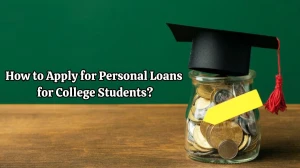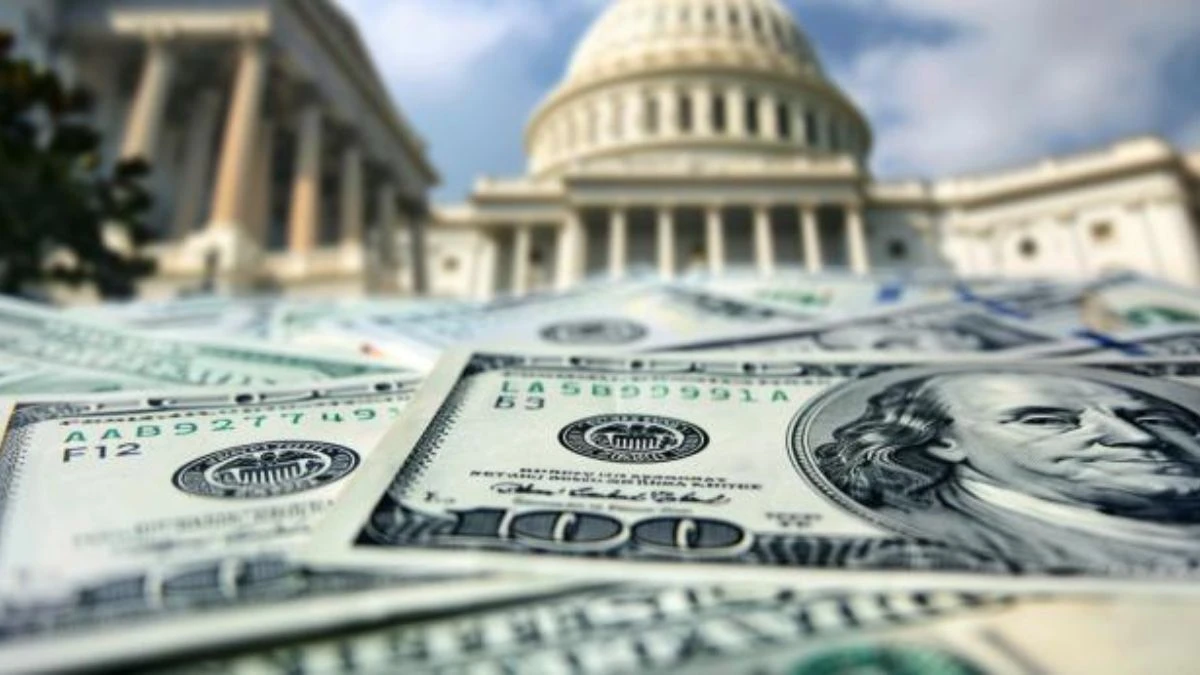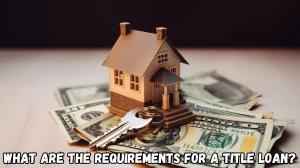
What is Public Service Loan Forgiveness? How it Works?
Public Service Loan Forgiveness is student loan debt written off based on employment in the public service, either in a government agency or an NGO.
by Damodharan N
Updated Apr 18, 2024
On This Page
What is Public Service Loan Forgiveness?
Public service loan Forgiveness was started by Congress in 2007 for individuals who have worked for 10 years in public service, either with government agencies or NGOs that act in public service, to forgive federal student loans, like William D. Ford. Federal Direct Loan (Direct Loan).
Loans like the Federal Family Education Loan (FFEL) Program and the Perkins Loan Program are not eligible, but they can be if they are clubbed together and taken as a direct consolidated loan. the repayment schedule should have to start for the new loan if they paid 120 months of repayment in the accepted plan.
Qualifying Eligibility
There are two categories of eligibility for this forgiveness program: employment and loan type. As we already know a little bit of information about both of them, let’s look into the details.
Employment Criteria:
The people should be eligible for it if they indulge in public service for a U.S. federal, state, local, or tribal agency or NGO that is tax-exempt under Section 501(c)(3) of the Internal Revenue Code or an NGO that is doing public service in a non-partisan political way.
In that organization, they should be working full-time. Full-time employment needs to be calculated for the combined weekly average to have at least 30 hours and have been certified by that employer.
If your employer's NGO is a for-profit organization, working as a government contractor or labour union, or engaging in partisan political way then you are not eligible. If you volunteer for the Peace Corps and AmeriCorps, then you are eligible based on the employment.
Eligible loan plans
The loans that are eligible are federal student loans like those from William D. Ford. Federal Direct Loans (Direct Loans) under this category are Direct Subsidized Loans, Direct Unsubsidized Loans, Direct PLUS Loans, and Direct Consolidation Loans.
The Direct PLUS loans are eligible only if they have a 10-year or more standard repayment plan, unless they are first converted into a direct consolidated loan.
The uneligible loans are the Federal Family Education Loan (FFEL), the Federal Perkins Loan (Perkins Loan), and student loans from private lenders. Federal Family Education Loan (FFEL), Federal Perkins Loan (Perkins Loan)—both of these loans might be eligible if they are first consolidated into the direct loan.
Apart from these employment and loan eligibility criteria, employers will be asked two more important issues: whether they have a 120-month payment plan, a repayment plan based on their income, or more than 10-year repayment loan plans.
How to Apply for Public Service Loan Forgiveness?
To apply for the Public Service Loan Forgiveness, visit the Student Aid Government website and use the Public Service Loan Forgiveness Help Tool to fill out your details for online verification or for a physical form if it can be done by downloading it.
For Online
The beneficiaries need to have the following:
In the PSLF tool, beneficiaries of the program need to enter their employer’s eligibility by entering the employer identification number (EIN) from their W-2 form or getting it from their employer. This number is essential to finding your employer.
- If your employer is qualified, then you will be prompted for the next step, which is the loan eligibility and repayment plan, after entering this.
- You will be prompted for the personal information that is used for further verification and review.
- After the review, beneficiaries need to sign, and employers also need to sign electronically in a digital manner through the email ID of the employer, and they have to give a sign that you are indeed their employer for the said time period.
- If beneficiaries don't know the employer's email address, then they can get it manually by taking a printout, getting it signed, and sending it to physical address via mail.
For Paper or Manual
Enter all the details as said above by taking a printout form, filling out its details, getting it signed by yourself and your employer, and sending it to the physical address of the of the U.S. Department of Education MOHELA in Chesterfield, St. . Louis, Minnesota, where they will have it reviewed.
Each year, the beneficiaries of this program need to update the details regarding them, like loan repayment schedules and employment changes. So after paying for 120 months, it will be smooth sailing to get the public service loan forgiveness.
Repayment Plans for Public Service Loan Forgiveness
The repayment plans for public service loan forgiveness are based on income-driven repayment plans (IDR) based on income and household size. They offer four plan types.
- Pay as you earn plan (PAYE)
- Income-Based Repayment Plan (IBR)
- Income Contingent Repayment Plan (ICR)
- Saving on a valuable education plan (SAVE)
The four plans offer varying repayment schedules, mostly stretching between 20 and 25 years, and income that might be used for a 120-month repayment schedule.
Repayment Plan |
% of Discretionary Income |
Repayment Period (in years) |
|
SAVE Plan |
10% |
20 for undergraduate loans, 25 for graduate/professional loans |
|
PAYE Plan |
10% |
20 |
|
IBR Plan (after 7/1/2014) |
10% |
20 |
|
IBR Plan (before 7/1/2014) |
15% |
25 |
|
ICR Plan |
20% |
25 |
The 10-year standard repayment plan is also eligible, but the amount that you repay in this schedule will complete your loan, and there is no loan amount left for forgiveness. That’s why they are asked to change this plan into an IDR plan. For more eligibility options for the loan, look at the table below.
Loan Type |
SAVE Plan |
PAYE Plan |
IBR Plan |
ICR Plan |
|
Direct Subsidized Loans |
Eligible |
Eligible |
Eligible |
Eligible |
|
Direct Unsubsidized Loans |
Eligible |
Eligible |
Eligible |
Eligible |
|
Direct PLUS Loans made to graduate or professional students |
Eligible |
Eligible |
Eligible |
Eligible |
|
Direct PLUS Loans made to parents |
Not eligible |
Not eligible |
Not eligible |
Eligible if consolidated* |
|
Direct Consolidation Loans that did not repay any PLUS loans made to parents |
Eligible |
Eligible |
Eligible |
Eligible |
|
Direct Consolidation Loans that repaid PLUS loans made to parents |
Not eligible |
Not eligible |
Not eligible |
Eligible |
|
Subsidized Federal Stafford Loans (from the FFEL Program) |
Eligible if consolidated* |
Eligible if consolidated* |
Eligible |
Eligible if consolidated* |
|
Unsubsidized Federal Stafford Loans (from the FFEL Program) |
Eligible if consolidated* |
Eligible if consolidated* |
Eligible |
Eligible if consolidated* |
|
FFEL PLUS Loans made to graduate or professional students |
Eligible if consolidated* |
Eligible if consolidated* |
Eligible |
Eligible if consolidated* |
|
FFEL PLUS Loans made to parents |
Not eligible |
Not eligible |
Not eligible |
Eligible if consolidated* |
|
FFEL Consolidation Loans that did not repay any PLUS loans made to parents |
Eligible if consolidated* |
Eligible if consolidated* |
Eligible |
Eligible if consolidated* |
|
FFEL Consolidation Loans that repaid PLUS loans made to parents |
Not eligible |
Not eligible |
Not eligible |
Eligible if consolidated* |
|
Federal Perkins Loans |
Eligible if consolidated* |
Eligible if consolidated* |
Eligible if consolidated* |
Eligible if consolidated* |
"*Eligible if consolidated" means that by consolidating certain types of loans into a direct consolidation loan
Benefits of Public Service Loan Forgiveness
The Benefits of Public Service Loan forgiveness can be very tricky as it involves three parts of the socioeconomic system: students, the government sector, and finally disposable income. Each of these parts is directly benefited by this scheme.
- The students from the lower income group can benefit from this scheme if they get the loan from William D. Ford Federal Direct Loan.
- If they are repaying using the IDR plan, then they are most likely to get forgiveness if the loan amount is not paid within the 120-month period.
- The percentage of disposable or discretionary income will be less compared to the actual loan amount.
- The public service covers a wide range of employees, so more people are eligible but not automatically eligible based on the loan type.
What is Public Service Loan Forgiveness - FAQs
1. What is a public service loan?
The Public Service Loan Forgiveness is about federal student loan forgiveness for people who work in public service, either in a government agency or an NGO.
2. What loan types are eligible for public service loan forgiveness?
The loans that are eligible are direct subsidized loans, direct unsubsidized loans, direct PLUS loans, and direct consolidation loans.
3. What employment category is eligible for public service loan forgiveness?
The employment category that is eligible is public service for a U.S. federal, state, local, and tribal agency, or NGO, that is tax-exempt under Section 501(c)(3) of the Internal Revenue Code.
4. What types of repayment plans are available?
Repayment plans are based on income-driven repayment plans (IDR), pay-as-you-earn plans (PAYE), income-based repayment plans (IBR), income-continuous repayment plans (ICR), and saving on valuable education plans (SAVE).
5. What are the benefits of public service loan forgiveness?
The Benefits of Public Service Loan Forgiveness are the low level of disposable or discretionary income usage in loan payments.




